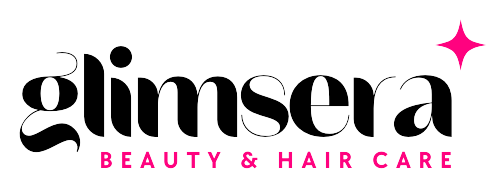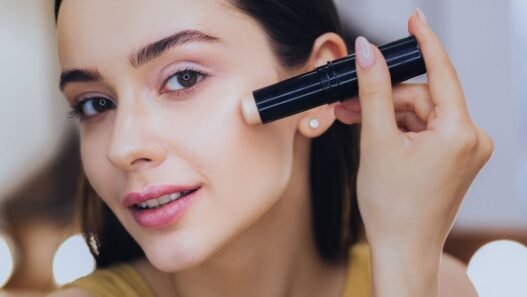Iron deficiency is a silent disruptor that frequently shows up in unexpected ways. Hair loss is one of its many negative effects that is particularly upsetting and frequently disregarded. The body’s capacity to carry oxygen and maintain cellular processes is the basis for the correlation between iron levels and hair health, which is not merely coincidental. Hair follicles are among the first to suffer when iron levels fall, which causes excessive shedding and obvious thinning. The shedding caused by iron deficiency is diffuse and affects the entire scalp, in contrast to hereditary hair loss, which gradually reduces hair density.
Hair goes through stages of growth, rest, and shedding as it grows in cycles. A condition called telogen effluvium can result from an accelerated shift from the growth phase to the shedding phase caused by a lack of vital nutrients. Because it can take months for hair loss to become noticeable and is frequently hard to link to an iron imbalance, this process is especially worrisome. For many people, losing their hair is the first obvious indication that something is wrong within. Early intervention, such as dietary changes or supplementation, can lessen the effects and eventually restore hair vitality.
| Factor | Details |
| Condition | Iron Deficiency Hair Loss (Telogen Effluvium) |
| Who’s at Risk? | Women, vegetarians, individuals with heavy periods |
| Symptoms | Increased hair shedding, thinning, brittle hair |
| Diagnosis | Blood test checking ferritin (iron stores) |
| Treatment | Iron supplements, dietary changes |
| Foods High in Iron | Red meat, spinach, lentils, iron-fortified cereals |
| Reversibility | Hair regrowth possible with proper iron levels |
| Reference | Medical News Today |
Iron is more than just a mineral; it is essential for the synthesis of hemoglobin, the protein that carries oxygen in the blood. This oxygen supply is essential to the healthy operation of hair follicles, just like it is for every other bodily part. Hair strands become more fragile and growth slows down when iron levels are low. The lack weakens the roots over time, which causes excessive shedding. Iron deficiency is therefore one of the most prevalent nutritional reasons for hair thinning, but it is still mainly underdiagnosed.
Iron deficiency is more common in some people than others. The monthly blood loss associated with menstruation puts women of childbearing age at increased risk. Since the body absorbs heme iron from plant sources less easily than from animal sources, vegetarians and vegans need to pay special attention to how much iron they consume. People who suffer from nutrient-absorbing disorders like Crohn’s disease or celiac disease are also more likely to develop iron-related hair loss.
By measuring the body’s iron stores, a ferritin blood test makes the diagnosis of iron deficiency fairly simple. Low ferritin can signal a depletion of reserves, which may result in hair loss, even though general iron levels may seem to be within normal ranges. For the best hair health, many doctors advise keeping ferritin levels above 50 ng/mL; some even suggest that levels closer to 70–100 ng/mL offer the best conditions for hair regrowth.
Restoring iron levels through diet and supplementation is the first step in reversing iron-related hair loss. Food is still the most natural and efficient source of iron, though supplements can be helpful. Lean meats and seafood contain heme iron, which is the most bioavailable form and is effectively absorbed by the body. Plant-based sources of non-heme iron, like spinach, lentils, and fortified cereals, can also help build up iron stores, but they need vitamin C to be better absorbed. Consuming foods high in iron along with bell peppers or citrus fruits improves the body’s absorption of the mineral.
Hair regrowth is a gradual process that calls for perseverance and patience. Although complete restoration of hair density may take six months to a year, people who address their iron deficiency usually experience less shedding within a few months. New hair strands must mature before they become noticeable, and hair follicles require time to return to the growth phase. Although the positive change is typically progressive, people with more severe deficiencies may take longer to recover.
Iron deficiency-related hair loss is very reversible, in contrast to genetic hair loss, which is typically permanent. Hair follicles become stronger and can grow again after iron stores are restored. Treating the present deficiency is crucial, but so is preventing future ones. Iron-rich meal planning, balanced diet, and routine blood tests can all support healthy hair and stop needless shedding.
Written by the Glimsera Team, your go-to source for all things beauty and hair care. Our passionate experts combine years of industry experience with a love for enhancing natural beauty. We’re dedicated to providing you with the latest tips, trends, and product recommendations to help you look and feel your best. Join us on this journey to discover effective hair care routines, beauty secrets, and empowering insights tailored for every individual.




















